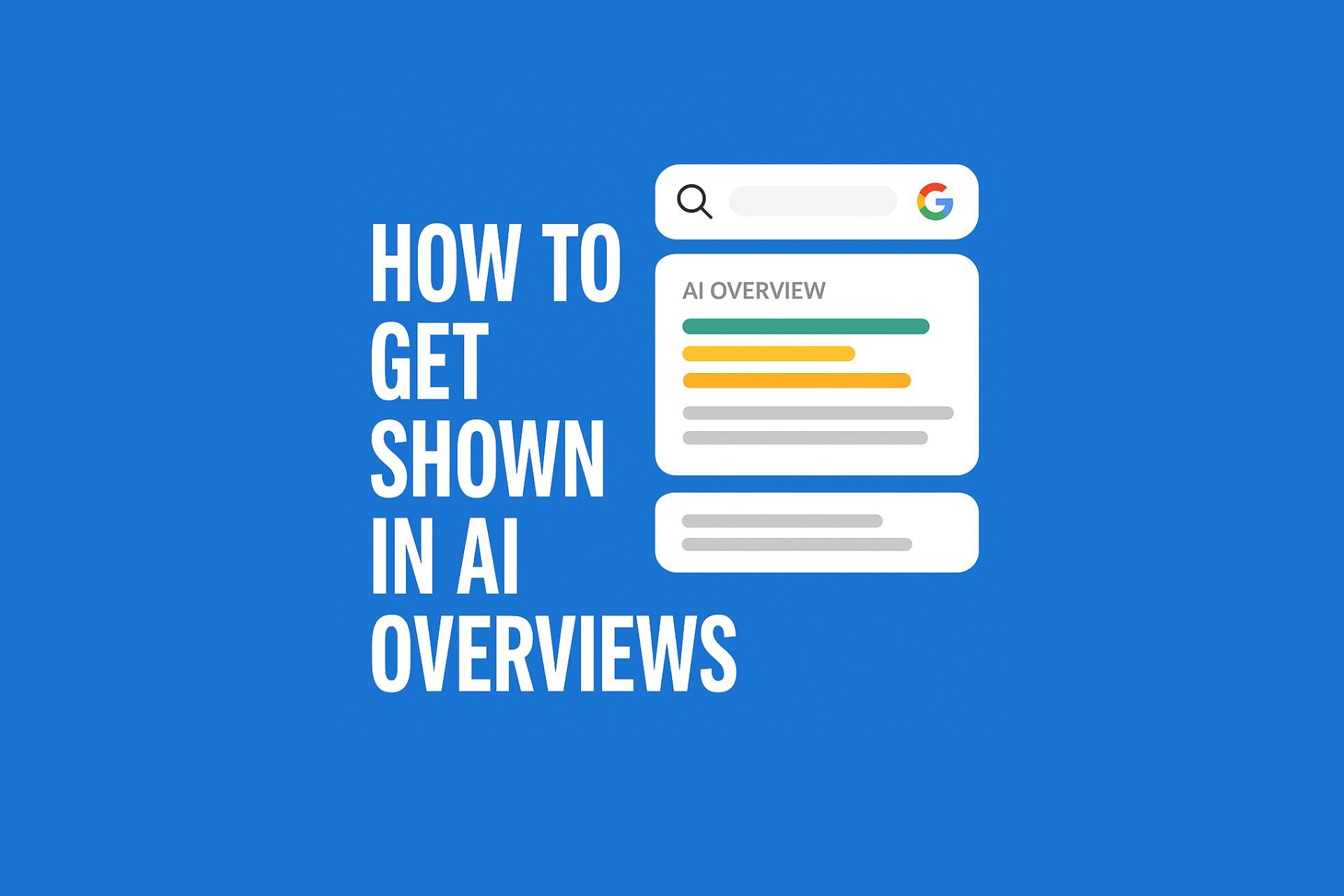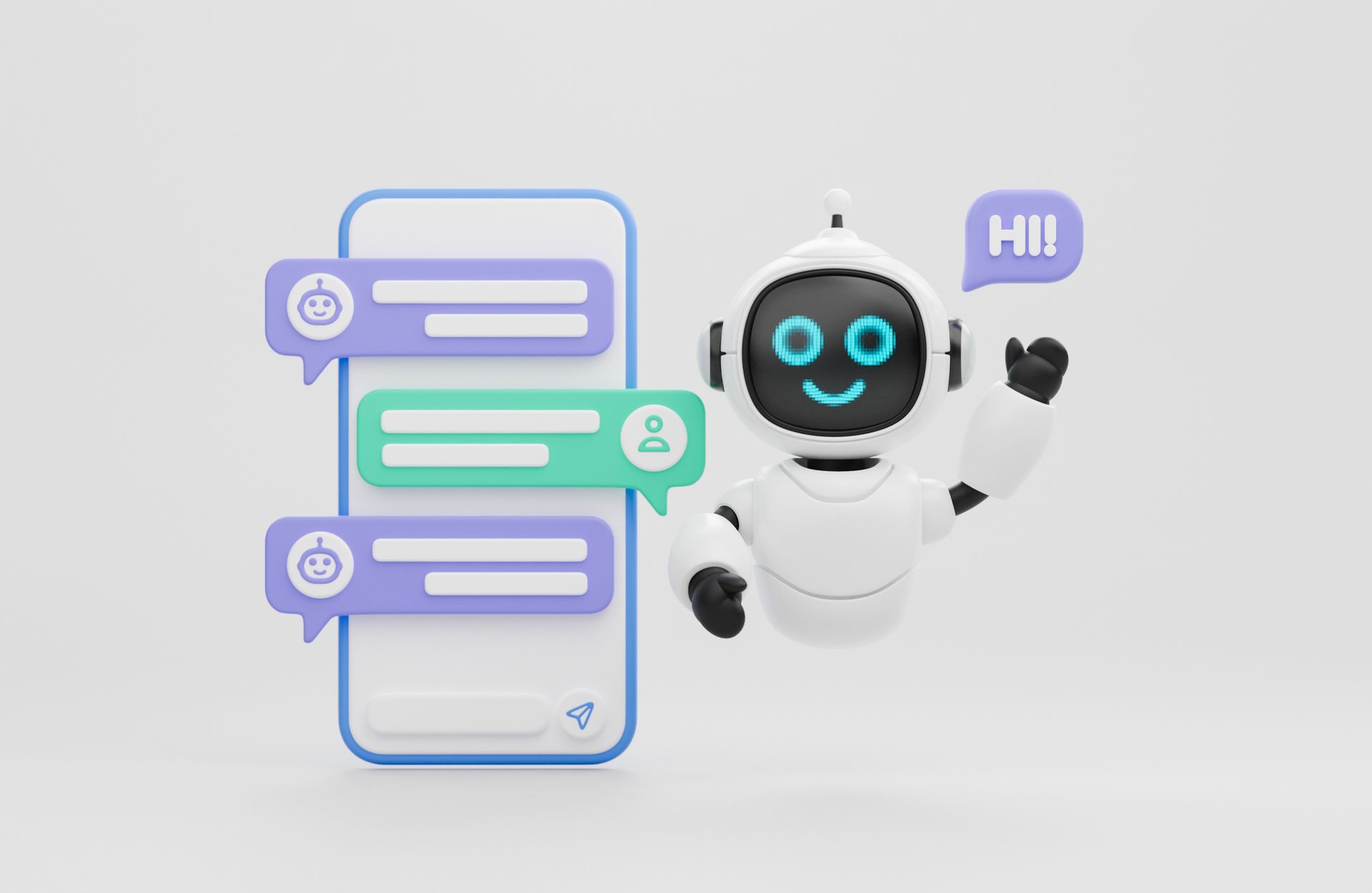The Counterproductivity of AI Bots in Customer Service: A Case for Human Touch
Exploring the inefficacies of AI bots in customer service, highlighting their role in reducing productivity, increasing client frustration, and making a case for the irreplaceable value of human interaction.

As artificial intelligence (AI) continues to permeate various sectors, its adoption in customer service as front-end helpers has been met with mixed reactions. While intended to streamline operations and enhance efficiency, AI bots often fall short, leading to decreased productivity and heightened frustration among clients. This blog delves into the shortcomings of AI bots in customer service, emphasizing the need for human intervention to preserve customer satisfaction and loyalty.
In an era where technological advancements promise unparalleled convenience and efficiency, the proliferation of AI bots in customer service roles has been a significant development. These bots, designed to offer immediate responses to customer inquiries, aim to enhance the customer experience by providing quick solutions. However, as we navigate through these digital interactions, the reality often starkly contrasts with the initial promise. Instead of streamlining customer service processes, AI bots frequently become bottlenecks, diminishing productivity and escalating client frustration.
The allure of AI bots for businesses is understandable. They offer a cost-effective solution to managing large volumes of inquiries, reducing the need for extensive human customer service teams. On paper, this seems like a win-win: businesses can operate more efficiently, and customers receive instant support. Yet, the practical application of these bots often leaves much to be desired.
The fundamental issue lies in the bots' inability to comprehend the nuance and complexity of human inquiries fully.
While AI has made significant strides, it remains limited by the quality of its programming and the scenarios anticipated by its developers. As a result, customers following the prescribed workflows, consulting FAQs, or presenting scenarios not considered by the bot's design are met with responses ranging from unhelpfully generic to nonsensically irrelevant. This not only wastes the customer's time but also compounds their initial frustration.
Many customers reach out for support already feeling disgruntled or anxious about an issue they're facing. The last thing they need is to be met with responses that do not address their concerns or, worse, push them in circles. When AI bots fail to provide satisfactory answers or, at the very least, an option to escalate the issue to a human representative with the appropriate skillset and authority, they exacerbate the problem rather than solving it.
The decline in customer service quality due to the over-reliance on AI has been stark and widespread across numerous industries. As someone who has personally experienced and observed this decline, I can attest to the growing disappointment among consumers. The shift towards AI-centric customer service models has often been at the expense of human interaction and empathy, which are critical components of effective customer service.
The ideal role of AI in customer service should be as a complementary tool, not a replacement for human interaction. AI bots can be incredibly useful for guiding customers through a knowledge base, taking messages, or even handling straightforward inquiries where human intervention is not necessary. However, they cannot replace the nuanced understanding, empathy, and problem-solving capabilities of a well-trained customer service representative.
The solution does not lie in abandoning AI in customer service but in striking the right balance. Businesses need to invest in qualified staff capable of answering calls, making sales, and providing the high level of service that customers deserve and increasingly demand. The human touch in customer service fosters a sense of connection and trust between the customer and the business, something AI is far from replicating.
In conclusion, while AI bots have the potential to aid customer service operations, their current application often detracts from productivity and customer satisfaction. The frustration stemming from ineffective AI interactions highlights the indispensable value of human connection in customer service. As we move forward, businesses must reevaluate their reliance on AI bots and focus on enhancing human customer service capacities. After all, in a world increasingly dominated by technology, the human touch becomes not just valuable but essential for maintaining strong customer relationships and ensuring long-term business success.

















